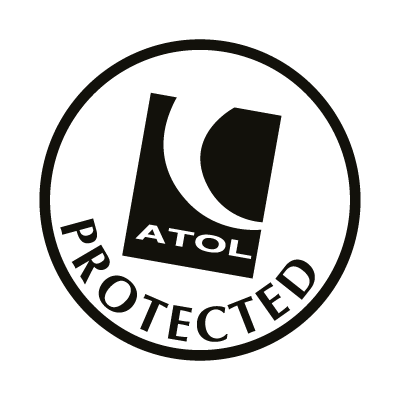












- Destinations by Continent
- Destinations A-Z
Why Book with Us?
Tailor-made for you
Personalised trips designed through one-on-one consultations.
Decades of destination experience
Expect tailored advice, hidden gems and first-hand insight.
Support that travels with you
Rated 5 star on Trustpilot, we’re with you every step of the way.
ABTA & ATOL protected
Book with confidence knowing you’re fully protected.
Pay your way
Spread the cost of your holiday with flexible payments.
Speak with one of our experts today
Call us on 0333 121 7001 Mon - Fri: 9am - 8pm, Sat & Sun 10am - 4pm
Call us on 0333 121 7001 Mon - Fri: 9am - 8pm, Sat & Sun 10am - 4pmor fill out our online form with your enquiry.
 Enquire Now
Enquire Now Enquire Now
Enquire Now










